Home>Furniture & Design>Interior Design Trends>How To Sterilize Glass Jars
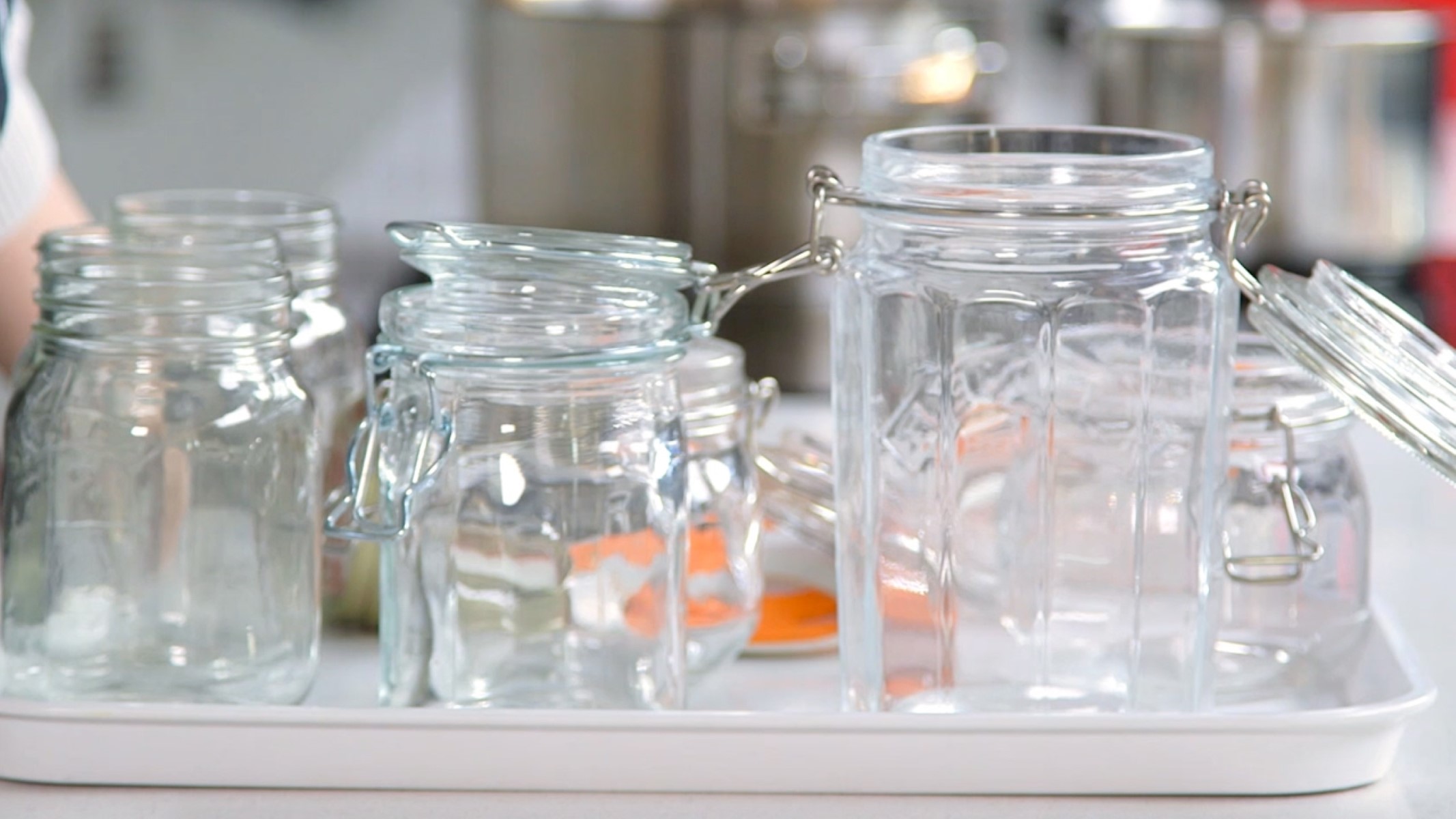

Interior Design Trends
How To Sterilize Glass Jars
Modified: February 17, 2024
Learn how to sterilize glass jars for your interior design trends projects. Follow these simple steps to ensure your jars are clean and safe for use. Discover the best methods for sterilizing glass jars.
(Many of the links in this article redirect to a specific reviewed product. Your purchase of these products through affiliate links helps to generate commission for Storables.com, at no extra cost. Learn more)
Introduction
Sterilizing glass jars is a crucial step in preserving food, creating homemade skincare products, or storing various items. By eliminating harmful bacteria and microorganisms, sterilization ensures the safety and longevity of the contents within the jars. Whether you are an avid home cook, a passionate crafter, or someone who simply appreciates an organized pantry, understanding the importance of sterilizing glass jars and the various methods to achieve this is essential.
Properly sterilized glass jars serve as a blank canvas for creativity and functionality. They are the vessels that hold the fruits of your labor, whether it's a batch of tangy pickles, a luxurious body scrub, or a collection of neatly organized spices. The process of sterilization not only safeguards the integrity of the contents but also contributes to the overall aesthetic appeal of the finished product. Imagine rows of gleaming, pristine jars filled with vibrant preserves or neatly arranged crafting supplies – a testament to your dedication to quality and attention to detail.
In the culinary world, sterilizing glass jars is a fundamental practice for canning and preserving seasonal produce. It allows you to savor the flavors of ripe fruits and vegetables long after their peak season has passed. Furthermore, it empowers you to share your homemade delicacies with friends and family, spreading joy and nourishment with each jar you lovingly prepare.
For those inclined towards DIY skincare and home remedies, sterilized glass jars are indispensable for creating and storing an array of creams, balms, and herbal infusions. The purity of the jars ensures that your concoctions remain free from contamination, preserving their potency and efficacy.
In the realm of organization and storage, sterilized glass jars offer a sustainable and visually pleasing solution. From neatly arranged pantry staples to meticulously sorted craft supplies, these jars provide a sense of order and harmony while reducing reliance on single-use plastics.
As we delve into the significance and methods of sterilizing glass jars, it becomes evident that this seemingly simple practice holds immense value across various aspects of our lives. It is the foundation upon which we build our culinary creations, homemade remedies, and organizational systems, embodying the essence of care, creativity, and practicality.
Key Takeaways:
- Keep it Clean and Safe: Sterilizing glass jars is crucial for preserving food and creating homemade products. Methods like boiling, oven, dishwasher, and microwave offer practical and efficient ways to ensure cleanliness and safety.
- From Pantry to Crafts: Sterilized glass jars are versatile vessels for preserving, crafting, and organizing. Whether it’s homemade jams or DIY skincare, these jars play a vital role in enriching our daily lives.
Read more: How To Sterilize Glass Bottles
Importance of sterilizing glass jars
Sterilizing glass jars is a critical step in various aspects of domestic life, encompassing food preservation, crafting, and organization. The process of sterilization serves as a safeguard against harmful bacteria and microorganisms, ensuring the safety and longevity of the contents within the jars. This practice is particularly crucial for individuals who engage in canning and preserving seasonal produce, as it allows them to enjoy the flavors of ripe fruits and vegetables long after their peak season has passed.
In the culinary realm, the importance of sterilizing glass jars cannot be overstated. Whether it's preparing homemade jams, pickles, or sauces, the integrity of the final product hinges on the cleanliness and sterility of the jars. By eradicating any potential contaminants, sterilization not only preserves the flavor and texture of the preserved foods but also extends their shelf life. This empowers home cooks to stock their pantries with a diverse array of homemade delicacies, enabling them to savor the essence of each season throughout the year.
Moreover, for individuals passionate about crafting and DIY skincare, sterilized glass jars are indispensable. These jars provide a pristine environment for creating and storing an assortment of homemade products, including body scrubs, lotions, and herbal remedies. By maintaining a sterile environment, the jars ensure that the contents remain free from contamination, preserving their potency and efficacy over time.
In the realm of organization and storage, sterilized glass jars offer a sustainable and visually appealing solution. Whether used for storing pantry staples, organizing crafting supplies, or creating decorative displays, these jars contribute to a sense of order and aesthetic harmony within living spaces. Their transparency allows for easy identification of contents, while their durability and reusability align with eco-friendly practices, reducing reliance on single-use plastics and contributing to a more sustainable lifestyle.
In essence, the importance of sterilizing glass jars transcends mere practicality; it embodies a commitment to quality, creativity, and well-being. By upholding the integrity of the contents within, these meticulously sterilized jars become vessels of nourishment, creativity, and organization, enriching various facets of our daily lives.
Methods for sterilizing glass jars
When it comes to sterilizing glass jars, several methods can be employed to ensure the cleanliness and safety of the containers. Each method offers its own unique approach to achieving sterilization, catering to different preferences and available resources. Understanding these methods equips individuals with the knowledge to select the most suitable approach for their specific needs.
Boiling Method
The boiling method is a classic and accessible technique for sterilizing glass jars. It involves submerging the jars in a pot of boiling water for a specified duration, typically around 10 to 15 minutes. This process effectively eliminates any potential contaminants, ensuring that the jars are thoroughly sterilized. The simplicity and minimal requirement for specialized equipment make this method a popular choice for home cooks and craft enthusiasts alike.
Oven Method
Sterilizing glass jars in the oven is another widely used technique. This method entails placing the clean jars in an oven set at a specific temperature, typically around 250°F (121°C), for a designated period, often ranging from 10 to 20 minutes. The dry heat generated within the oven effectively sterilizes the jars, providing a convenient alternative to the boiling method. This approach is particularly favored for its efficiency and the ability to sterilize a large number of jars simultaneously.
Read more: How To Store Glass Jars
Dishwasher Method
For those with access to a dishwasher, the dishwasher method offers a convenient and time-saving approach to sterilizing glass jars. After ensuring that the jars are thoroughly cleaned, they can be placed in the dishwasher and run through a hot water cycle. The combination of high temperatures and powerful jets of water effectively sterilizes the jars, providing a hassle-free solution for individuals with busy schedules or those seeking a hands-off approach to sterilization.
Microwave Method
The microwave method provides a quick and efficient means of sterilizing glass jars, particularly for smaller quantities. After washing the jars, they can be filled with water and microwaved for a specified duration, typically around 2 to 3 minutes per jar. The intense heat generated within the microwave effectively sterilizes the jars, offering a rapid solution for those in need of immediate sterilization.
These methods for sterilizing glass jars cater to a diverse range of preferences and circumstances, empowering individuals to uphold the highest standards of cleanliness and safety in their culinary endeavors, crafting pursuits, and organizational systems. By understanding and implementing these methods, individuals can ensure that their glass jars provide a pristine and secure environment for preserving, creating, and organizing a myriad of contents.
Boiling method
The boiling method is a time-honored and straightforward approach to sterilizing glass jars, widely favored for its accessibility and effectiveness. This method requires minimal specialized equipment, making it an ideal choice for individuals seeking a practical and reliable means of sterilization.
To begin the process, ensure that the glass jars are thoroughly cleaned with hot, soapy water and rinsed well. Subsequently, place the jars in a large pot and fill it with enough water to completely submerge the jars with at least an inch of water above them. It's important to allow sufficient space between the jars to prevent them from knocking into each other during boiling.
Once the jars are submerged, bring the water to a rolling boil. Allow the jars to boil for approximately 10 to 15 minutes, ensuring that they are fully immersed throughout the process. The boiling water effectively eliminates any potential contaminants, ensuring that the jars are thoroughly sterilized and ready to be filled with the desired contents.
After the sterilization period, carefully remove the jars from the boiling water using jar lifters or tongs, taking care to avoid any direct contact with the hot water. Place the sterilized jars on a clean towel or cooling rack to air dry. It's essential to handle the jars with caution to prevent any potential breakage or burns.
The boiling method offers a practical and accessible means of sterilizing glass jars, making it a popular choice for home canning, preserving, and crafting endeavors. Its simplicity and effectiveness make it an invaluable technique for ensuring the safety and longevity of the contents within the jars. By incorporating the boiling method into their sterilization practices, individuals can confidently embark on their culinary, crafting, and organizational pursuits, knowing that their glass jars provide a pristine and secure environment for a myriad of contents.
Oven method
The oven method of sterilizing glass jars offers a convenient and efficient approach to achieving pristine and bacteria-free containers for preserving, crafting, and organizing. This technique is particularly favored for its ability to simultaneously sterilize a large number of jars, making it an ideal choice for individuals preparing batches of preserved foods or homemade products.
To initiate the oven method, begin by thoroughly washing the glass jars with hot, soapy water and rinsing them well. Once cleaned, place the jars on a baking sheet, ensuring that they are arranged in a single layer without touching one another. It is essential to allow ample space between the jars to facilitate the circulation of hot air, ensuring uniform sterilization.
Preheat the oven to a specific temperature, typically around 250°F (121°C), which is conducive to sterilizing the jars effectively. Once the oven reaches the desired temperature, carefully place the baking sheet with the jars inside. Allow the jars to remain in the oven for a designated period, often ranging from 10 to 20 minutes, depending on the specific requirements for sterilization.
The dry heat generated within the oven serves as a powerful sterilizing agent, effectively eliminating any potential contaminants within the jars. This method not only ensures the cleanliness and safety of the jars but also contributes to the preservation of the contents by creating an environment free from harmful microorganisms.
After the sterilization period, carefully remove the baking sheet from the oven, taking precautions to avoid any direct contact with the hot surfaces. Place the sterilized jars on a clean towel or heat-resistant surface to cool. It is important to handle the hot jars with care to prevent any accidents or breakage.
The oven method provides a practical and efficient means of sterilizing glass jars, catering to the needs of home cooks, craft enthusiasts, and organizers alike. Its ability to sterilize multiple jars simultaneously streamlines the preparation process, allowing individuals to embark on their culinary, crafting, and organizational endeavors with confidence.
By incorporating the oven method into their sterilization practices, individuals can ensure that their glass jars provide a pristine and secure environment for preserving seasonal produce, creating homemade products, and organizing various items. This method exemplifies a commitment to cleanliness, safety, and quality, laying the foundation for successful and fulfilling pursuits in the realms of food preservation, crafting, and organization.
Read more: How To Repurpose Glass Jars
Dishwasher method
The dishwasher method offers a convenient and time-saving approach to sterilizing glass jars, catering to individuals with busy schedules or those seeking a hands-off solution for achieving pristine and bacteria-free containers. This method leverages the high temperatures and powerful water jets within the dishwasher to effectively sterilize the jars, ensuring that they provide a clean and secure environment for a variety of contents, ranging from preserved foods to homemade products and organized items.
To initiate the dishwasher method, begin by thoroughly washing the glass jars with hot, soapy water, ensuring that they are free from any residual food particles or debris. This preparatory step is essential to facilitate the sterilization process within the dishwasher, allowing for optimal cleanliness and safety of the jars.
Once the jars are cleaned, arrange them securely in the dishwasher, taking care to position them in a manner that allows for proper exposure to the hot water and steam. It is important to space the jars apart to prevent any potential contact that may hinder the sterilization process.
Select the appropriate dishwasher cycle, typically opting for a hot water or sterilization setting to ensure thorough cleaning and sterilization of the jars. The combination of high temperatures and powerful water jets within the dishwasher creates an environment that effectively eliminates any potential contaminants within the jars, guaranteeing their cleanliness and safety.
After the completion of the dishwasher cycle, carefully remove the sterilized jars from the dishwasher, taking precautions to avoid any potential burns or accidents. Place the jars on a clean towel or heat-resistant surface to air dry, allowing them to cool before proceeding with filling them with the desired contents.
The dishwasher method provides a practical and efficient means of sterilizing glass jars, particularly suited for individuals seeking a hands-off approach to achieving pristine containers for various purposes. Its convenience and reliance on modern dishwasher technology streamline the sterilization process, allowing individuals to focus on other tasks while ensuring the cleanliness and safety of their glass jars.
By incorporating the dishwasher method into their sterilization practices, individuals can confidently embark on their culinary, crafting, and organizational pursuits, knowing that their glass jars provide a pristine and secure environment for preserving, creating, and organizing a myriad of contents. This method exemplifies a commitment to convenience, cleanliness, and efficiency, aligning with the diverse lifestyles and preferences of individuals seeking reliable sterilization solutions for their glass jars.
To sterilize glass jars, wash them in hot, soapy water, then place them in a pot of boiling water for 10 minutes. Let them air dry before use.
Microwave method
The microwave method offers a quick and efficient approach to sterilizing glass jars, particularly suitable for individuals seeking a rapid solution for achieving pristine and bacteria-free containers. This method is well-suited for smaller quantities of jars and provides a convenient option for those in need of immediate sterilization.
To begin the microwave method, start by thoroughly washing the glass jars with hot, soapy water, ensuring that they are free from any residual food particles or impurities. Once cleaned, fill the jars with water, leaving sufficient space at the top to prevent spillage during the sterilization process. It is essential to ensure that the jars are not tightly sealed to allow for the release of steam generated during the sterilization.
Place the filled jars in the microwave, ensuring that they are positioned securely and that the microwave is set to the appropriate power level. The duration for sterilization typically ranges from 2 to 3 minutes per jar, depending on the wattage of the microwave and the specific requirements for achieving thorough sterilization. The intense heat generated within the microwave effectively sterilizes the jars, eliminating any potential contaminants and ensuring their cleanliness and safety.
After the sterilization period, carefully remove the hot jars from the microwave, taking precautions to avoid any potential burns or accidents. Use appropriate heat-resistant gloves or mitts to handle the hot jars and place them on a clean towel or heat-resistant surface to cool. It is important to allow the jars to cool before proceeding with filling them with the desired contents.
The microwave method provides a practical and time-efficient means of sterilizing glass jars, catering to individuals seeking a rapid solution for achieving pristine containers for various purposes. Its reliance on microwave technology streamlines the sterilization process, offering a convenient option for those with limited time or smaller quantities of jars to sterilize.
By incorporating the microwave method into their sterilization practices, individuals can confidently prepare their glass jars for a variety of uses, including preserving foods, creating homemade products, and organizing items. This method exemplifies a commitment to efficiency and convenience, providing a reliable solution for achieving clean and secure glass jars in a short span of time.
Conclusion
In conclusion, the process of sterilizing glass jars holds significant importance across various aspects of domestic life, encompassing food preservation, crafting, and organization. The meticulous practice of sterilization serves as a safeguard against harmful bacteria and microorganisms, ensuring the safety and longevity of the contents within the jars. Whether it's the art of canning seasonal produce, creating homemade skincare products, or organizing pantry staples and crafting supplies, the significance of sterilizing glass jars resonates deeply within these realms.
The methods for sterilizing glass jars, including the boiling method, oven method, dishwasher method, and microwave method, offer diverse approaches to achieving pristine and bacteria-free containers. Each method caters to different preferences and circumstances, empowering individuals to select the most suitable approach for their specific needs. From the classic simplicity of the boiling method to the convenience of the dishwasher and microwave methods, these techniques provide practical and efficient solutions for ensuring the cleanliness and safety of glass jars.
The boiling method, with its time-honored tradition and accessibility, offers a straightforward approach to achieving sterilization. Meanwhile, the oven method streamlines the process by simultaneously sterilizing multiple jars, catering to individuals preparing batches of preserved foods or homemade products. The dishwasher method provides a hands-off solution, leveraging modern technology to ensure thorough sterilization, while the microwave method offers a rapid and efficient option for smaller quantities of jars.
By understanding and implementing these methods, individuals can ensure that their glass jars provide a pristine and secure environment for preserving, creating, and organizing a myriad of contents. Whether it's the joy of savoring homemade preserves, the satisfaction of crafting natural skincare products, or the harmony of an organized living space, sterilized glass jars play a pivotal role in enriching various facets of our daily lives.
In essence, the practice of sterilizing glass jars transcends mere practicality; it embodies a commitment to quality, creativity, and well-being. It is the foundation upon which we build our culinary creations, homemade remedies, and organizational systems, embodying the essence of care, creativity, and practicality. As we continue to embrace the art of sterilization, we uphold the tradition of preserving, creating, and organizing with a profound dedication to cleanliness, safety, and quality.
Frequently Asked Questions about How To Sterilize Glass Jars
Was this page helpful?
At Storables.com, we guarantee accurate and reliable information. Our content, validated by Expert Board Contributors, is crafted following stringent Editorial Policies. We're committed to providing you with well-researched, expert-backed insights for all your informational needs.
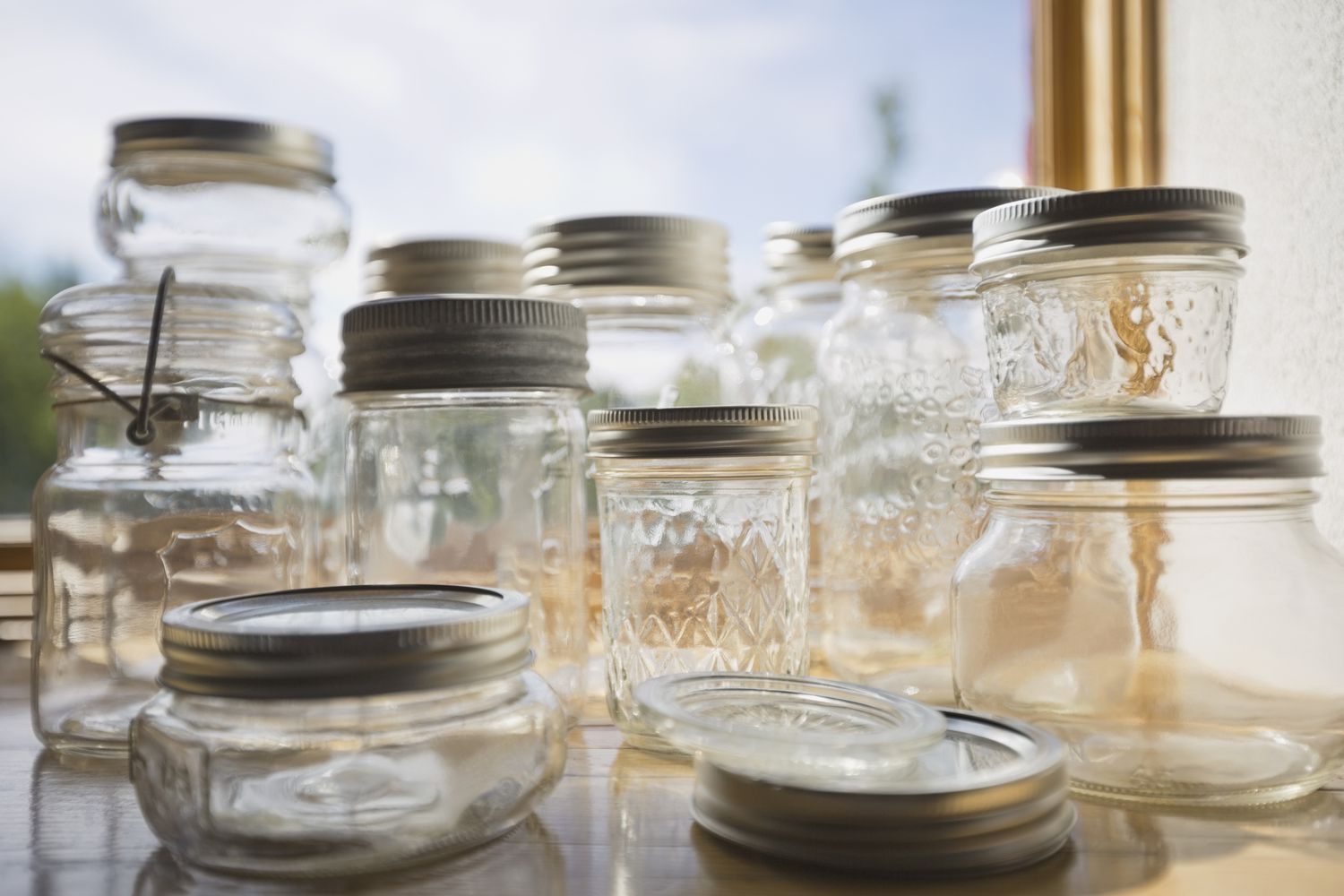
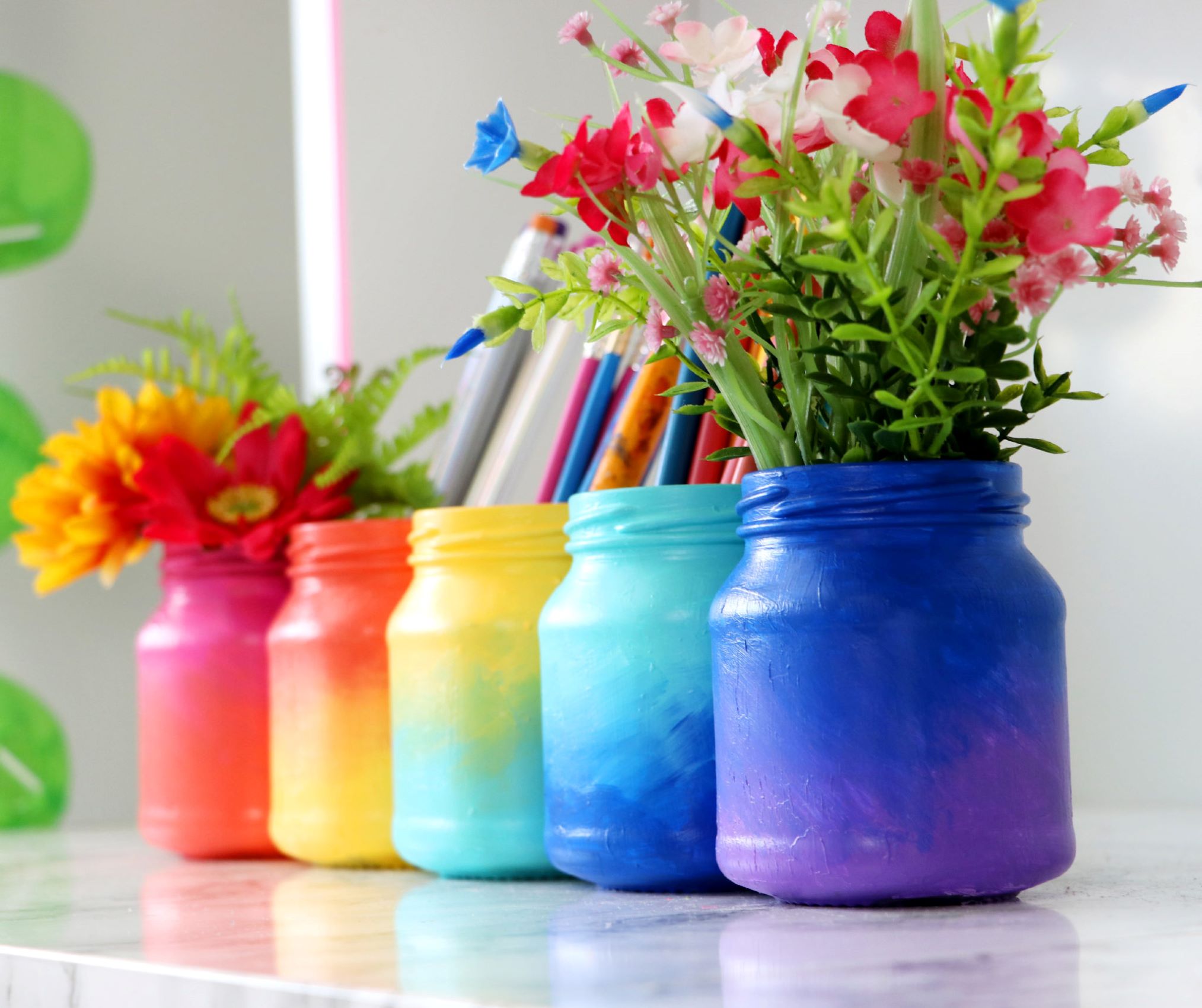
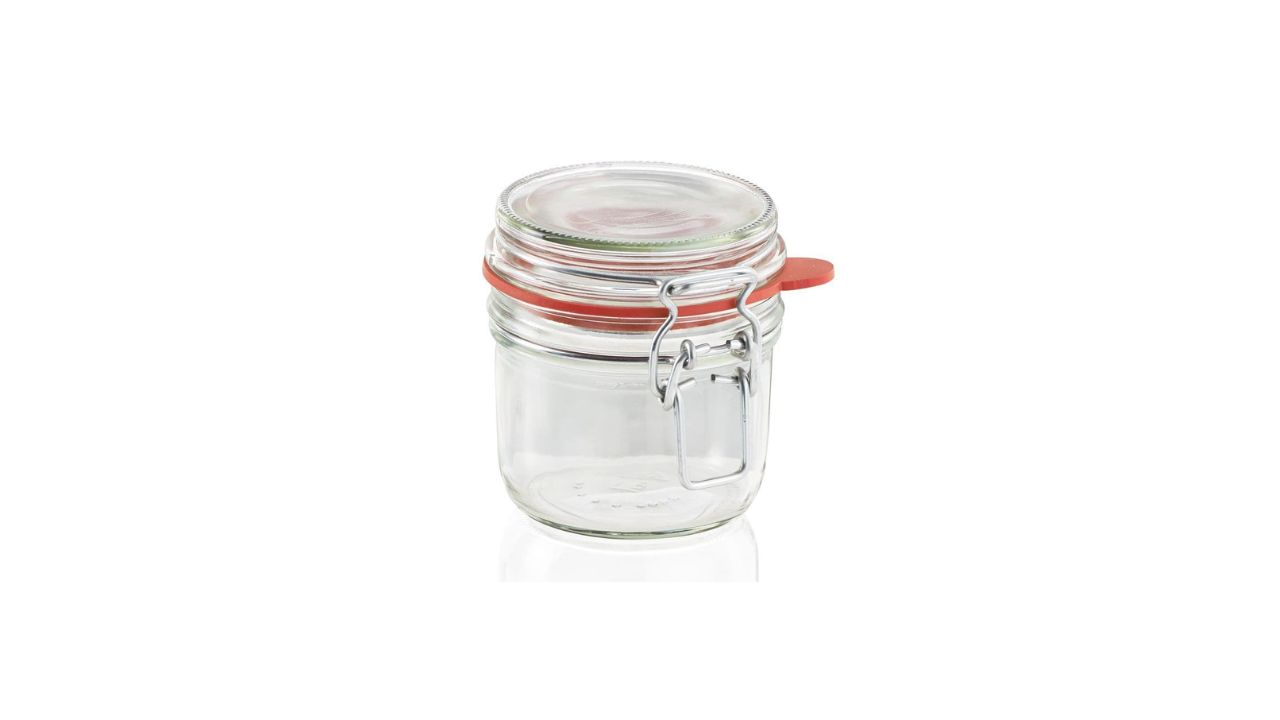
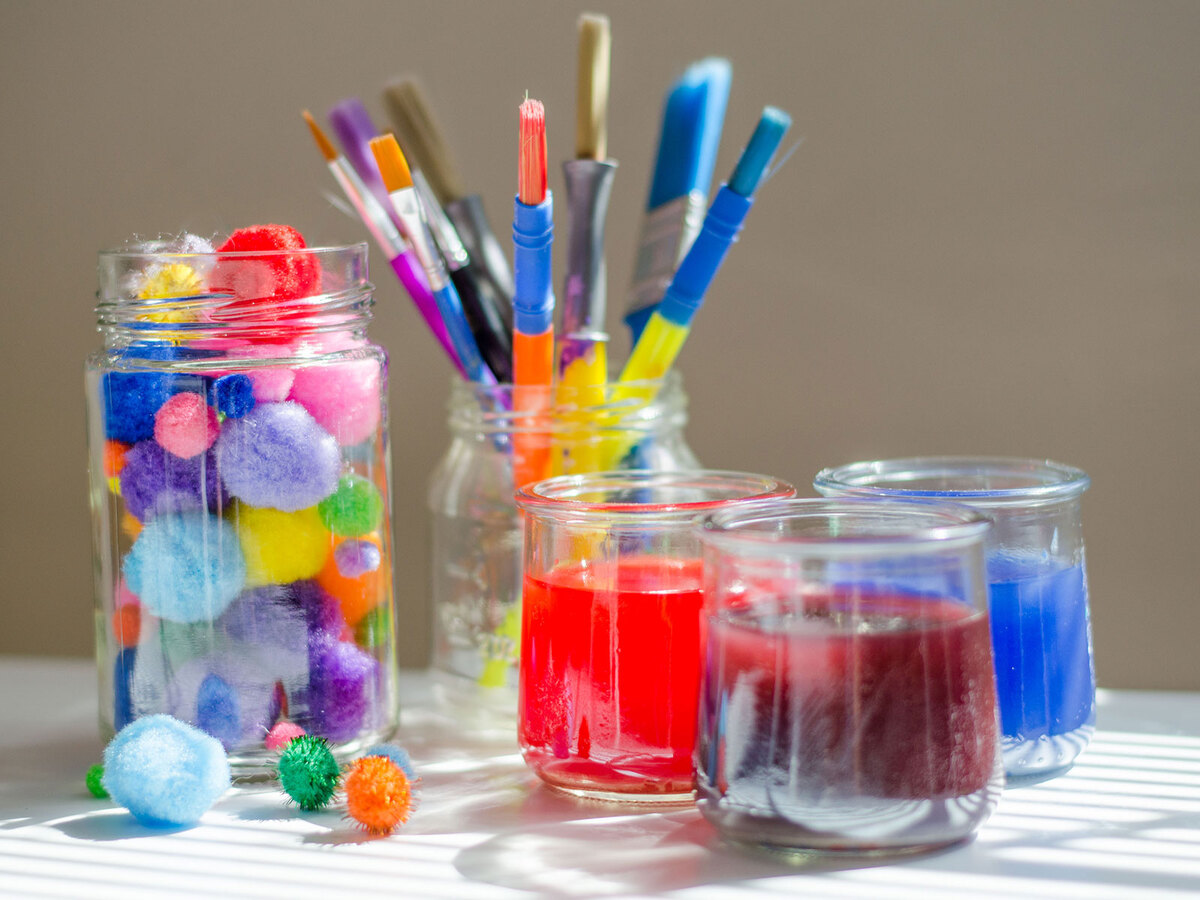
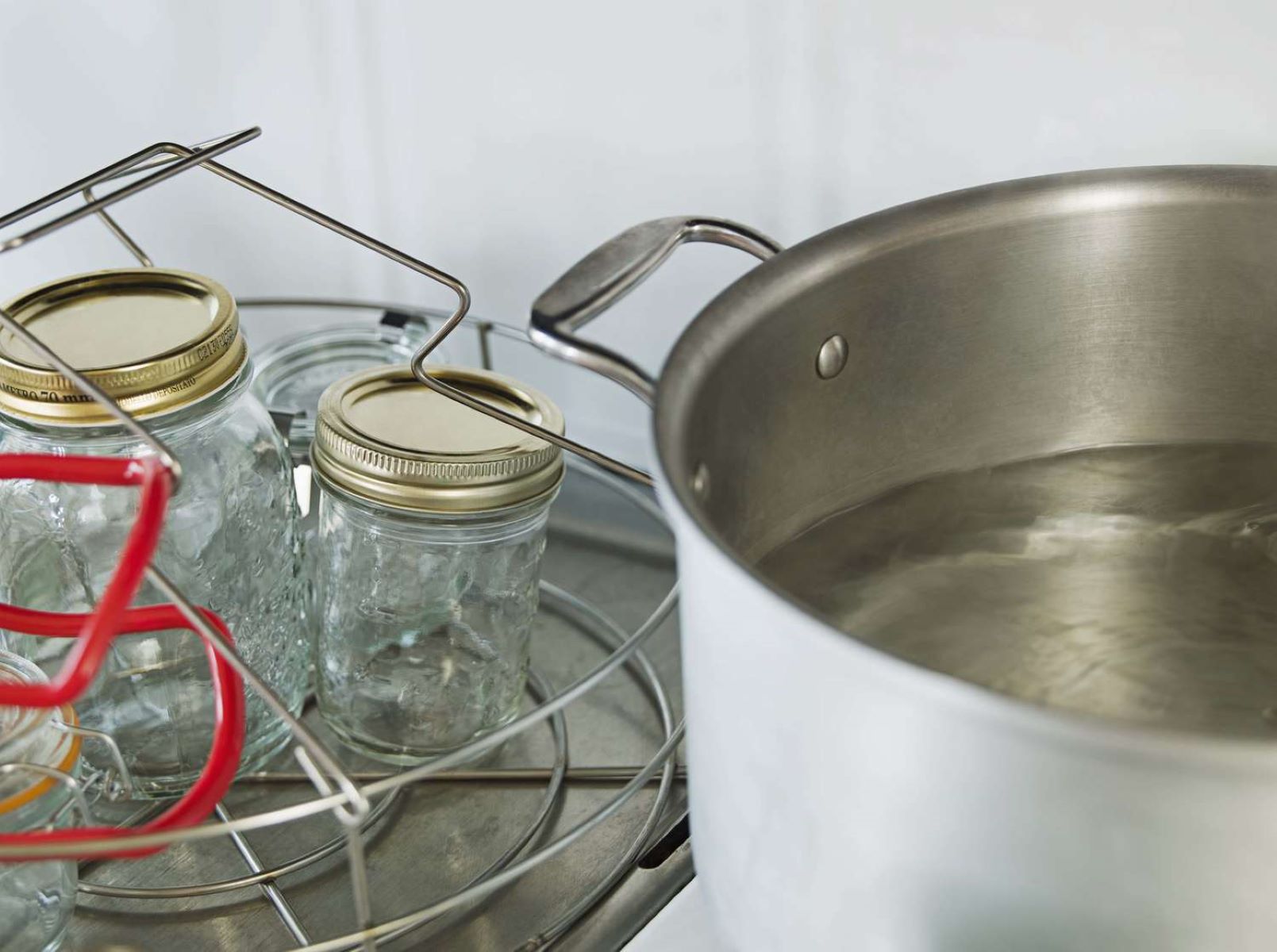
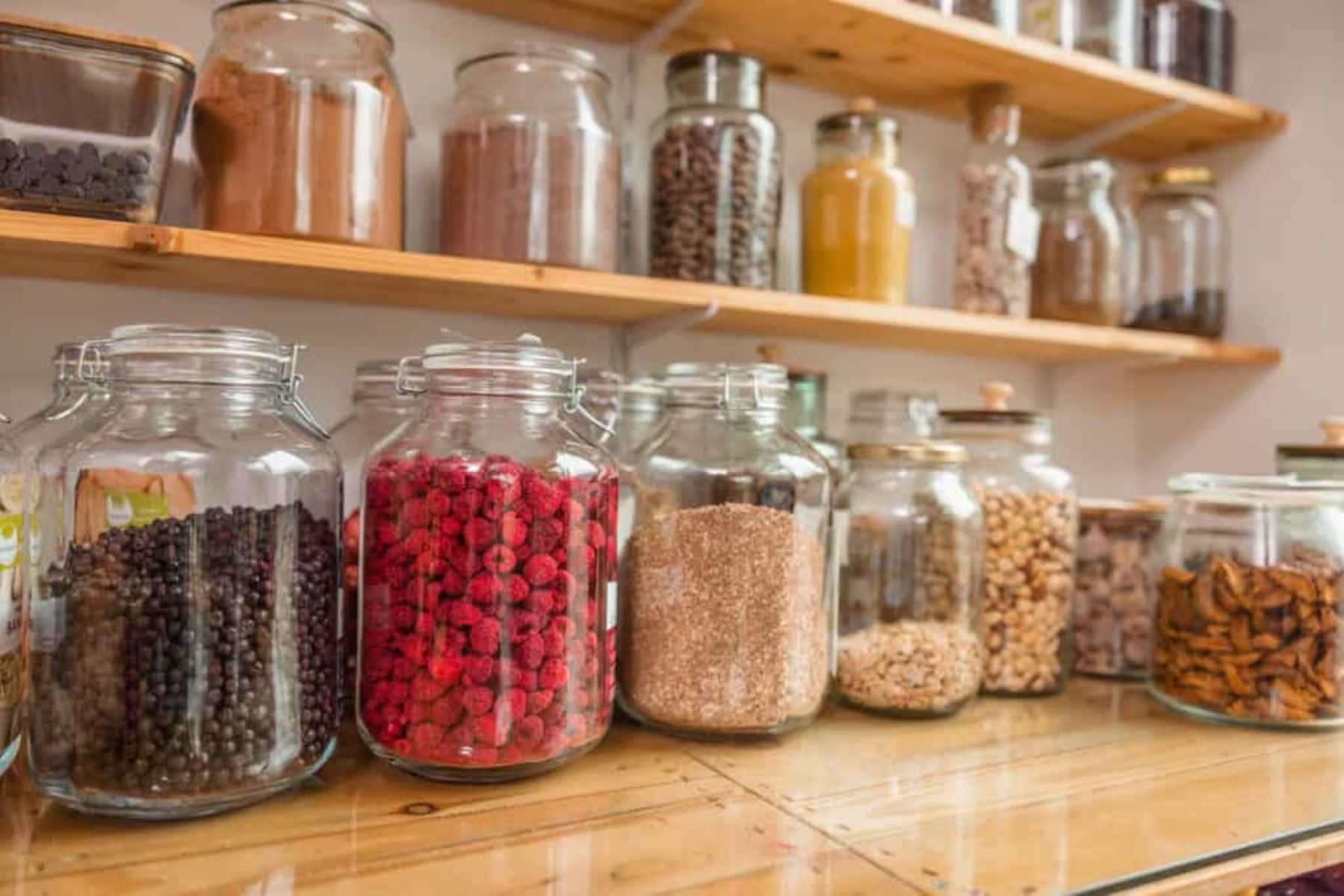

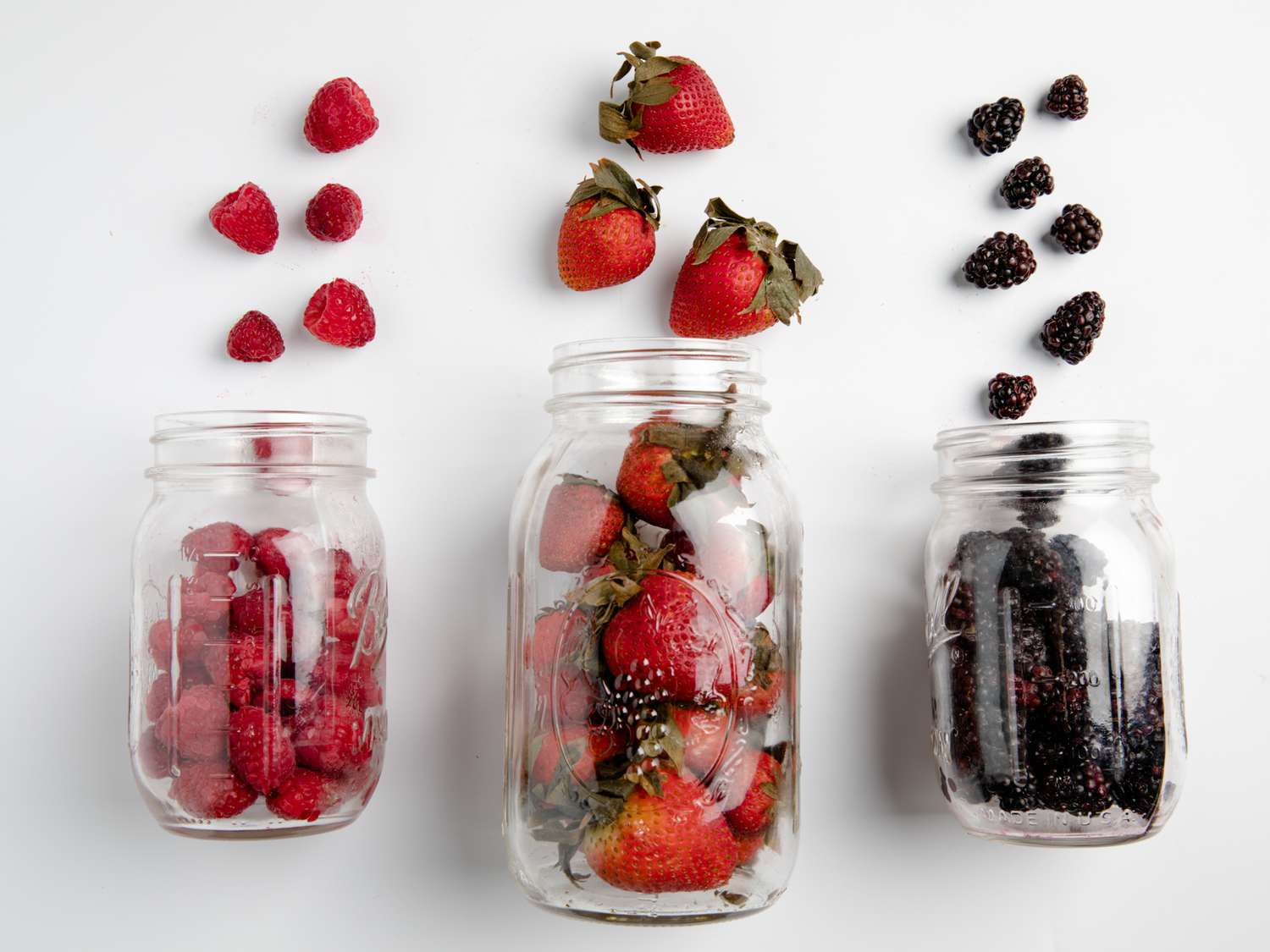
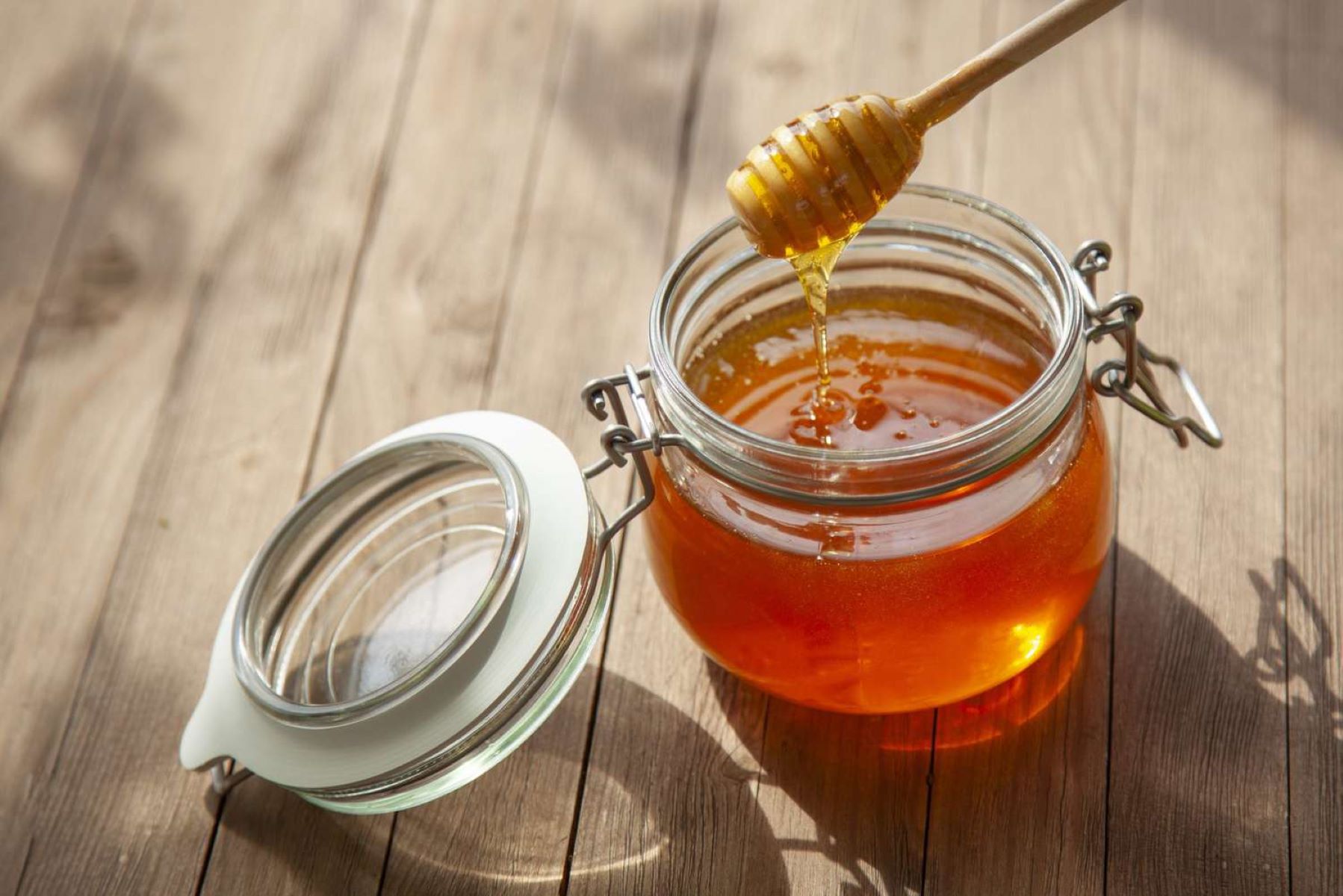
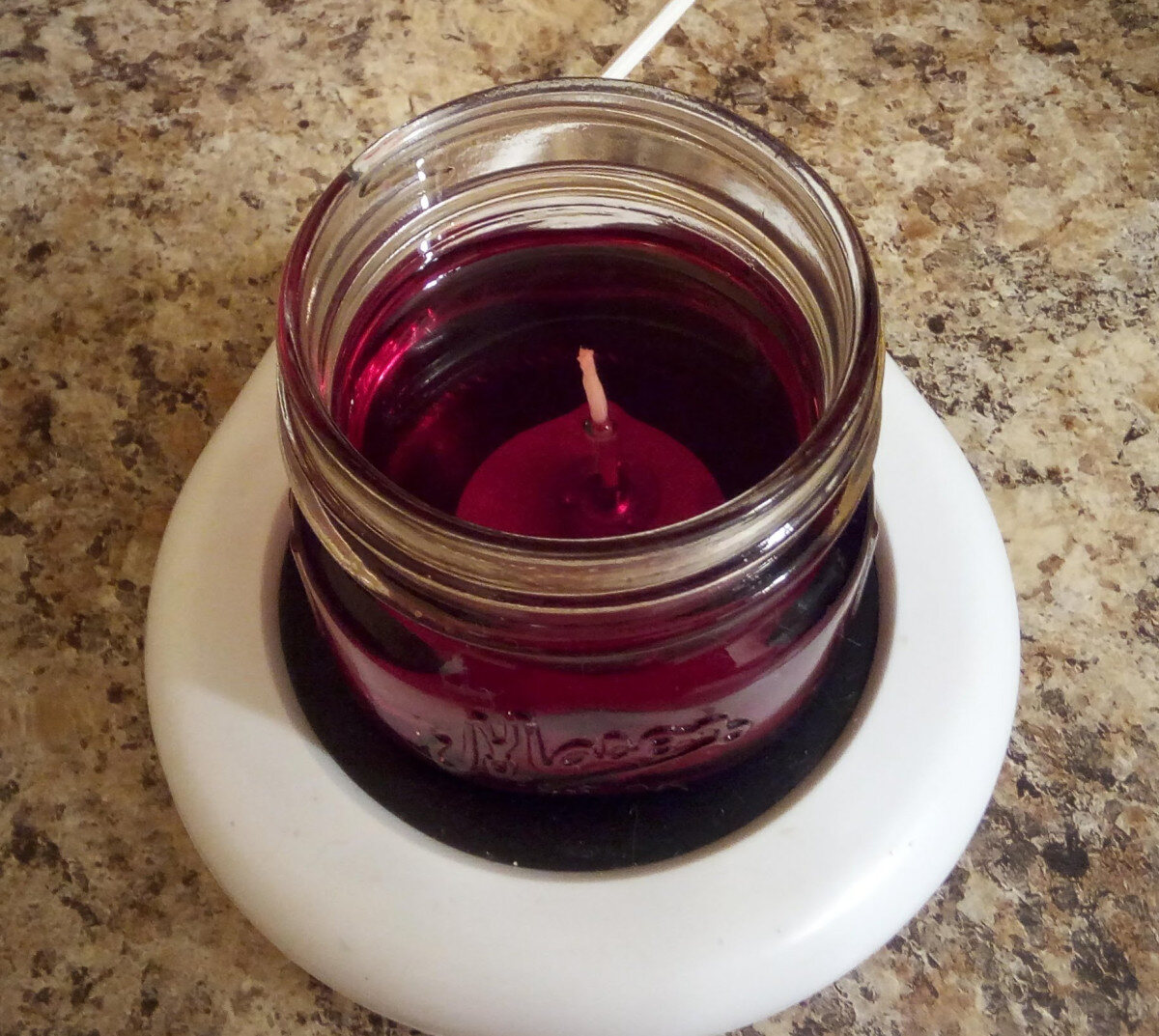
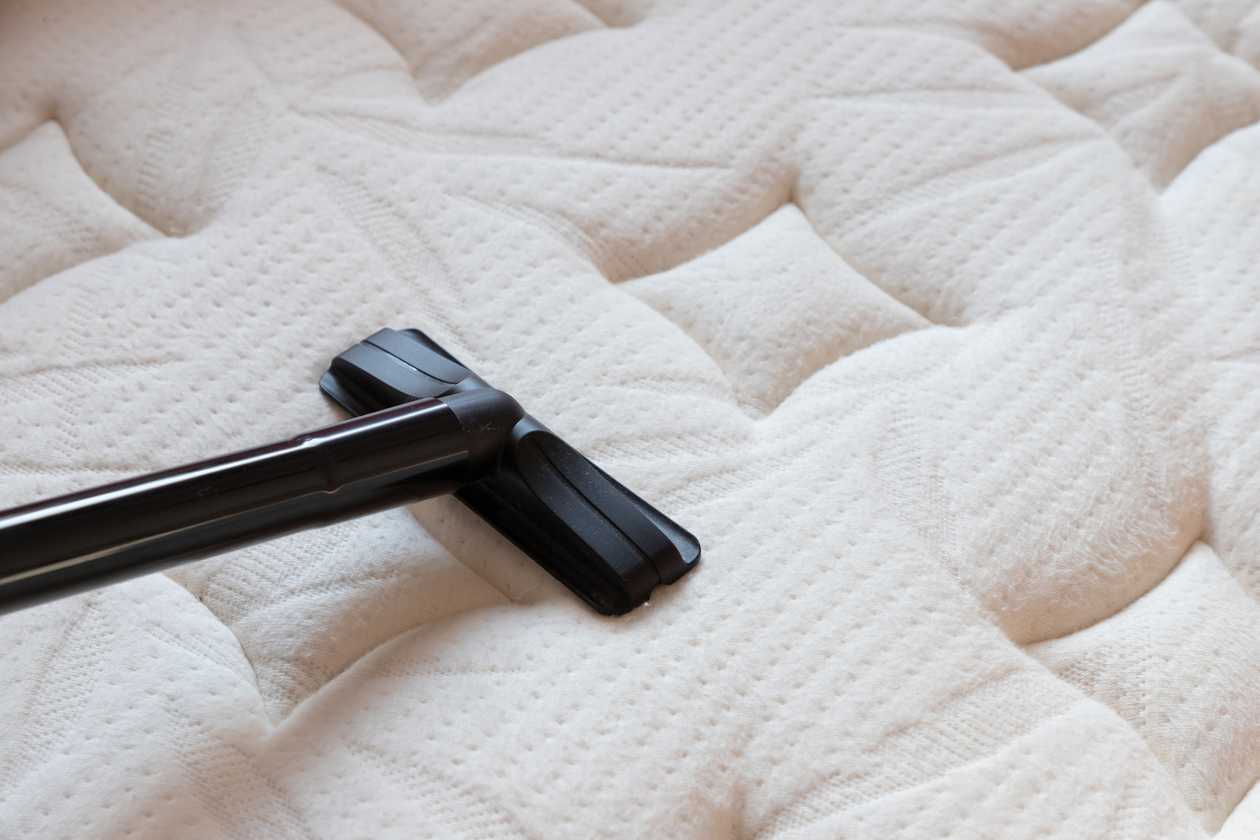
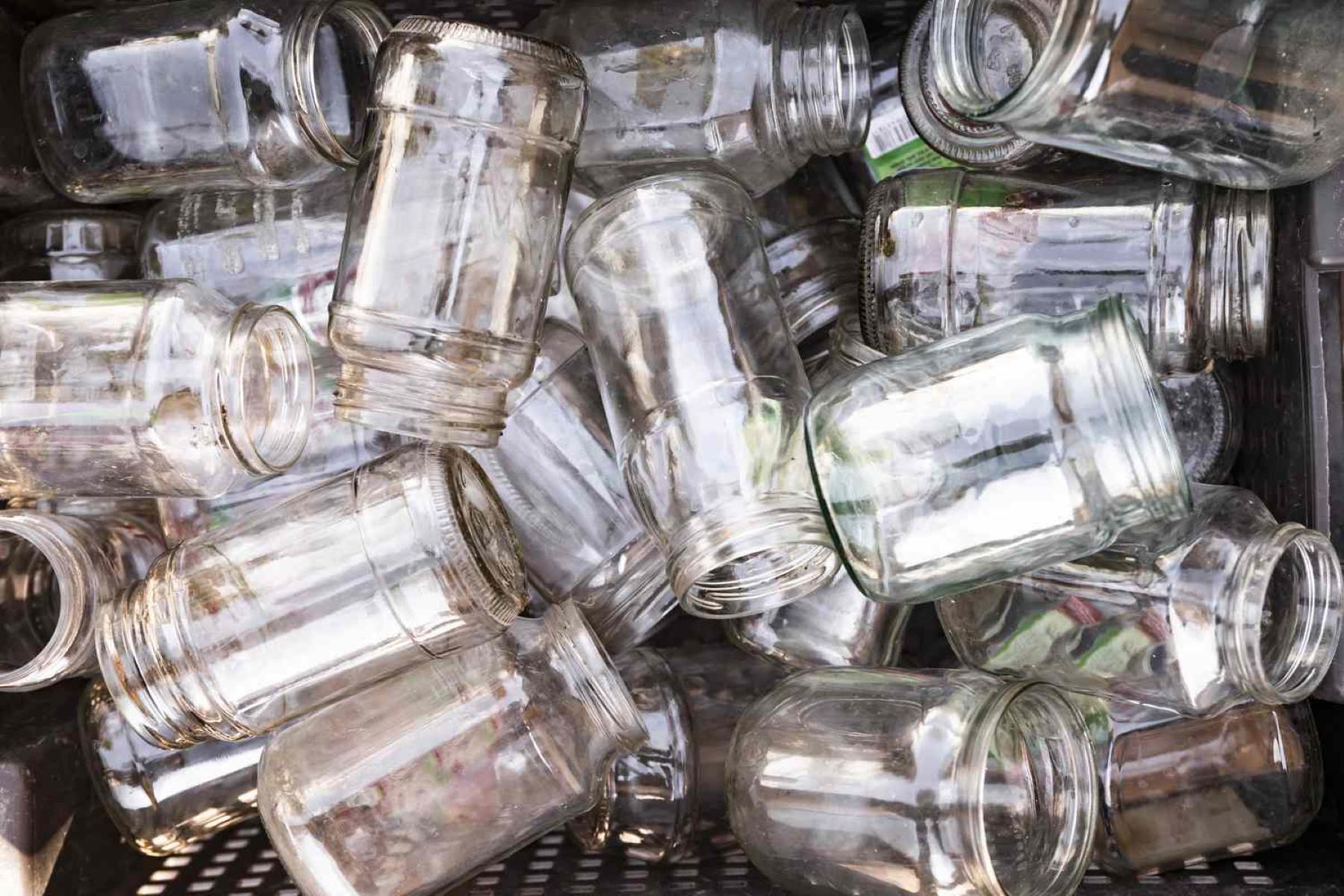
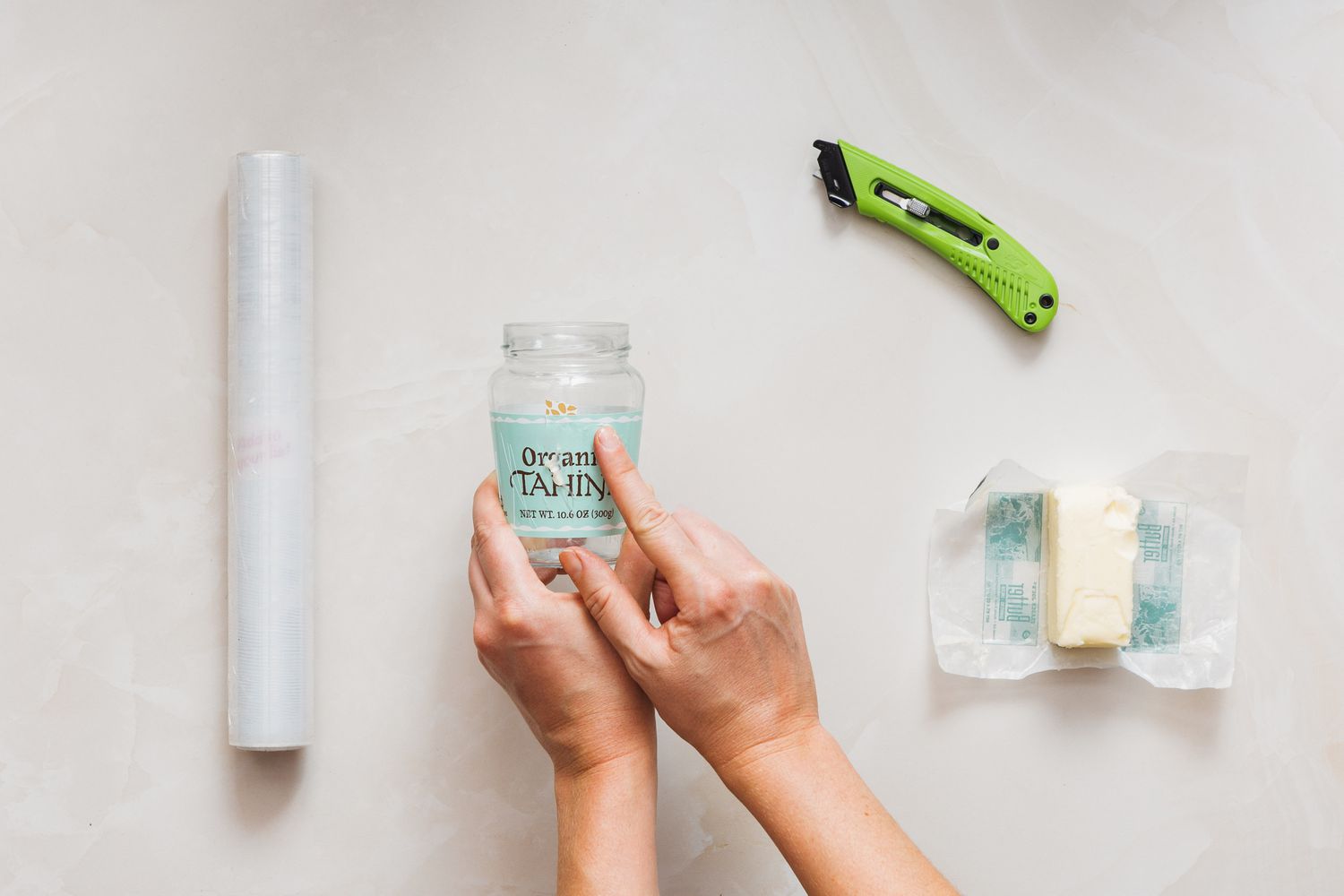

0 thoughts on “How To Sterilize Glass Jars”